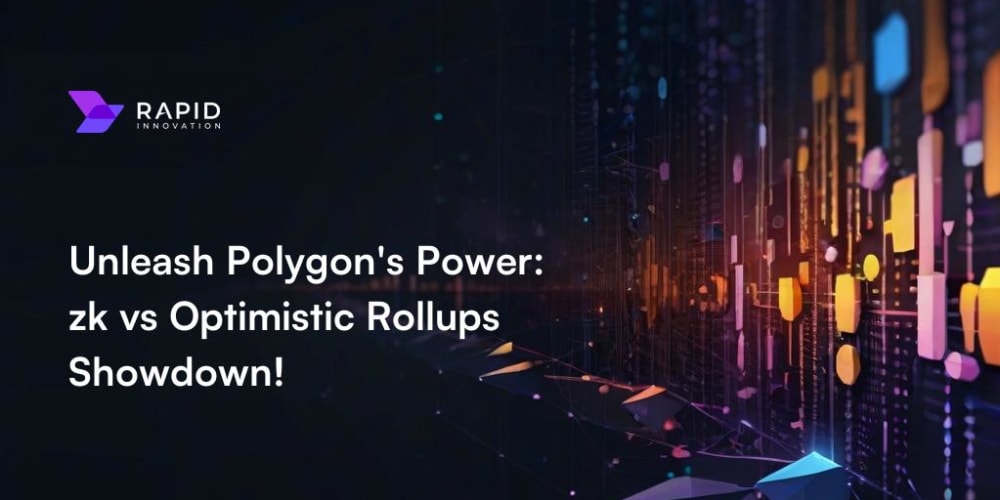Introduction to APIs and Their Importance 💡
APIs (Application Programming Interfaces) enable different software systems to communicate and share data, serving as the foundation of modern digital ecosystems.
Importance 🔍
- APIs are essential for enabling seamless integration between different systems, fostering innovation, and improving efficiency.
- They allow businesses to scale, automate processes, and create flexible, modular applications that can easily adapt to changing needs.
API types 📝
REST (Representational State Transfer)
- How it works: Stateless architecture, resources represented via URLs, and standard HTTP methods (GET, POST, PUT, DELETE).
- Advantages: Simplicity, flexibility, and widespread adoption. Easy to use and integrate with web and mobile applications.
- Use cases: Microservices, web applications, mobile apps.
using System;
using System.Net.Http;
using System.Threading.Tasks;
class Program
{
static async Task Main(string[] args)
{
HttpClient client = new HttpClient();
string url = "https://jsonplaceholder.typicode.com/posts/1"; // Example REST endpoint
HttpResponseMessage response = await client.GetAsync(url);
if (response.IsSuccessStatusCode)
{
string responseBody = await response.Content.ReadAsStringAsync();
Console.WriteLine(responseBody);
}
}
}
In this example, HttpClient is used to make a GET request to a REST endpoint.
SOAP (Simple Object Access Protocol)
- How it works: Protocol-based, highly structured, with strong typing and error handling.
- Advantages: Built-in security (WS-Security), transactions, and reliability. Strong for enterprise-level, secure applications.
- Use cases: Banking, financial services, and enterprise applications requiring robust security.
using System;
using System.ServiceModel;
class Program
{
static void Main()
{
var client = new SoapServiceReference.MySoapServiceClient();
var result = client.MySoapMethod("Parameter");
Console.WriteLine(result);
}
}
Here, we assume you’ve added a SOAP service reference to the project. You’d call the SOAP service’s method like any C# method after referencing the WSDL.
GraphQL
- How it works: Clients define the structure of the response; allows querying multiple resources in a single request.
- Advantages: Flexibility (clients can request exactly what they need), reduced over-fetching, great for nested data structures.
- Use cases: Modern applications with complex frontends (like social media apps or e-commerce platforms).
GraphQL API Example in C# (Using GraphQL.Client Library)
using System;
using GraphQL.Client.Http;
using GraphQL.Client.Serializer.Newtonsoft;
using System.Threading.Tasks;
class Program
{
static async Task Main(string[] args)
{
var client = new GraphQLHttpClient("https://api.yourapihere/graphql/", new NewtonsoftJsonSerializer());
var request = new GraphQLHttpRequest
{
Query = @"
{
launchesPast(limit: 2) {
mission_name
launch_date_utc
}
}"
};
var response = await client.SendQueryAsync<dynamic>(request);
Console.WriteLine(response.Data);
}
}
In this example, a GraphQL query fetches details of past launches from API.
gRPC (Google Remote Procedure Call)
- How it works: Uses protocol buffers for serialization, with bidirectional streaming support.
- Advantages: High performance, fast communication, and support for multiple languages. Ideal for low-latency, high-throughput systems.
- Use cases: Real-time systems, microservices, IoT devices.
i.) First, create a proto file:
syntax = "proto3";
service Greeter {
rpc SayHello (HelloRequest) returns (HelloReply);
}
message HelloRequest {
string name = 1;
}
message HelloReply {
string message = 1;
}
ii.) Then, the C# client code would look like this:
using System;
using Grpc.Net.Client;
using GrpcService;
class Program
{
static async Task Main(string[] args)
{
var channel = GrpcChannel.ForAddress("https://localhost:5001");
var client = new Greeter.GreeterClient(channel);
var reply = await client.SayHelloAsync(new HelloRequest { Name = "World" });
Console.WriteLine(reply.Message);
}
}
You’d need to generate C# classes from the proto file using protoc or by using the Grpc.Tools NuGet package.
OData (Open Data Protocol)
- How it works: Protocol for building RESTful APIs with querying capabilities similar to SQL, designed to standardize CRUD operations on resources.
- Advantages: Supports filtering, sorting, and querying directly in the URL. Useful for applications that need rich query capabilities.
- Use cases: Enterprise applications requiring complex querying and filtering (e.g., CRM systems).
using System;
using System.Net.Http;
using System.Threading.Tasks;
class Program
{
static async Task Main(string[] args)
{
HttpClient client = new HttpClient();
string url = "https://services.odata.org/V4/(S(readwrite))/TripPinServiceRW/People"; // OData example service
HttpResponseMessage response = await client.GetAsync(url);
if (response.IsSuccessStatusCode)
{
string responseBody = await response.Content.ReadAsStringAsync();
Console.WriteLine(responseBody);
}
}
}
This is similar to REST, but the data is structured as OData. In real use cases, you’d use Microsoft.OData.Client for querying entities in a more structured manner.


















